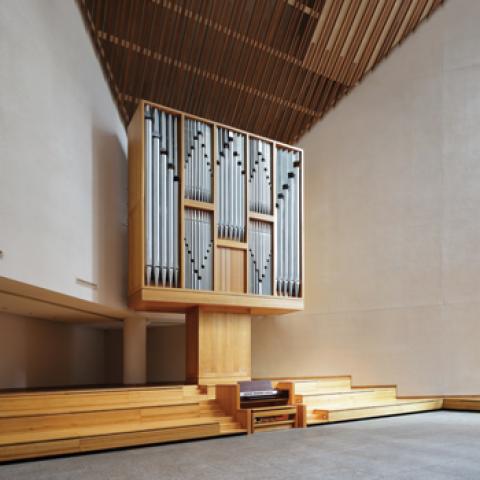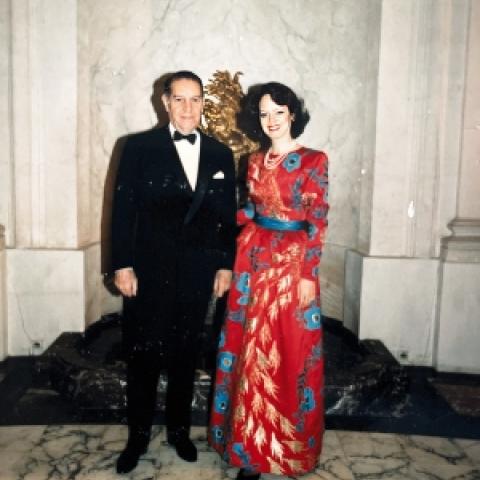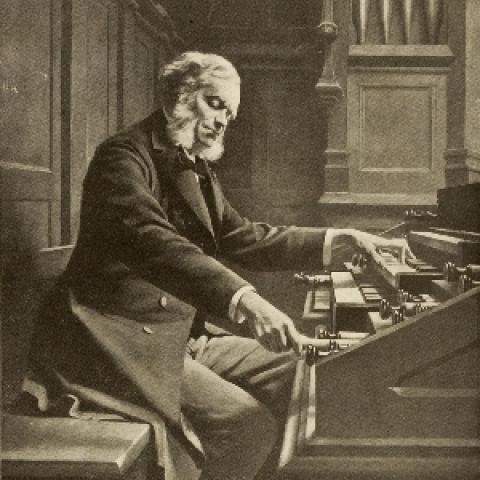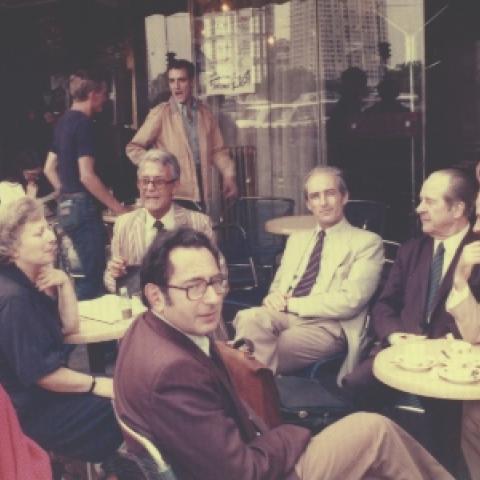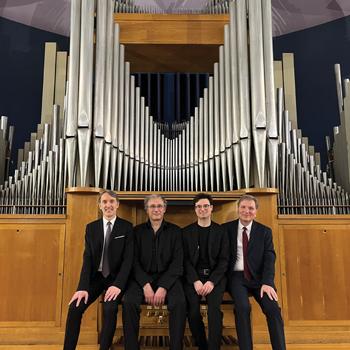
On January 26, four French organists performed a concert to inaugurate Yves Fossaert’s recent renovation of the Danion-Gonzalez concert organ (1974–1975) in the Jean-Philippe Rameau Auditorium at the Regional Conservatory in Saint-Maur, an eastern suburb of Paris, France.
The concert rendered homage to Gaston Litaize (1909–1991), who founded the organ class there in 1974, and Pierre Pincemaille, who taught improvisation from 2000 to 2017.
The program was presented by two former and two present professors of this conservatory—Olivier Latry, David Casson, Éric Lebrun, and Thierry Escaich. The concert ended with a special highpoint; these four organists improvised together, alternating on four keyboard instruments in this hall: a piano, the concert organ, a celesta, and a positive chamber organ.
Other organ builder news:
Fisk restores Klais organ, St. Peter's Church, New York City

